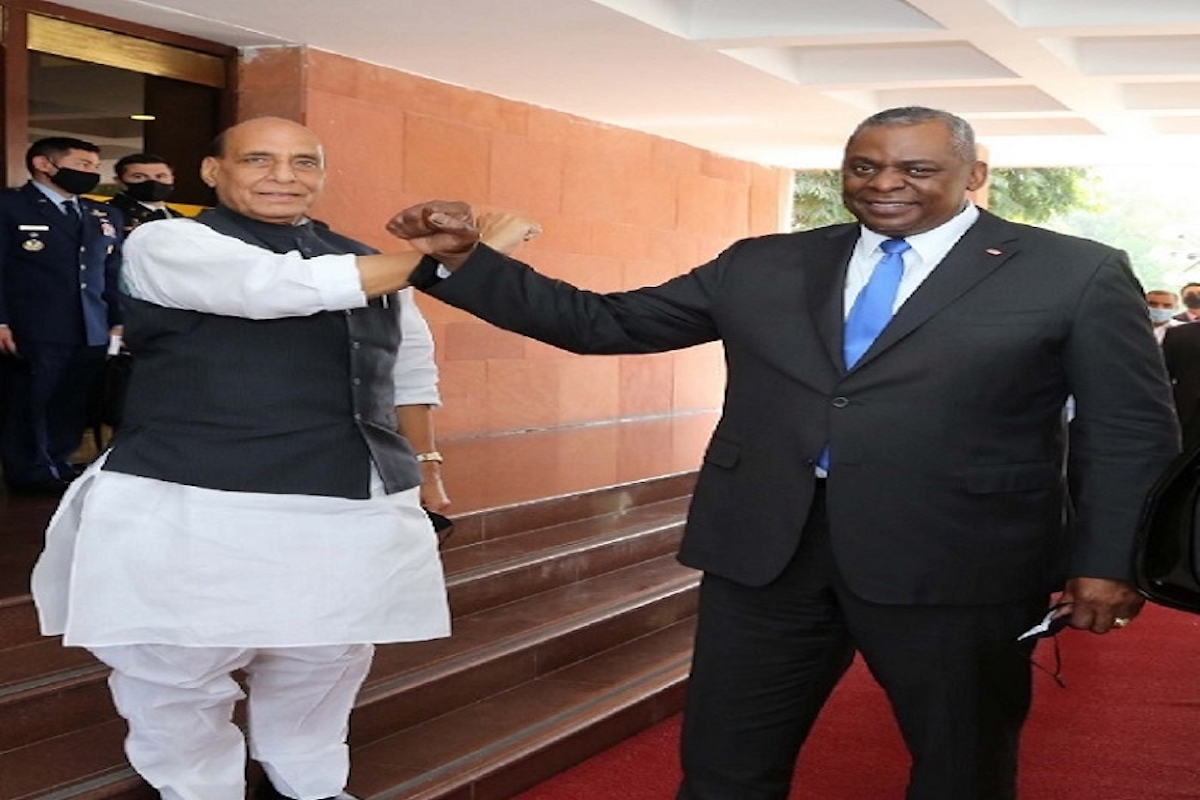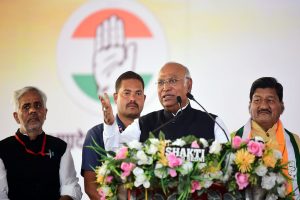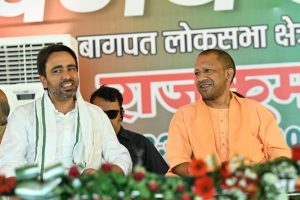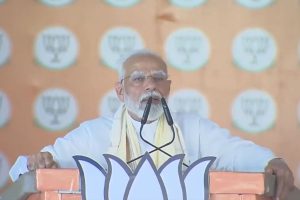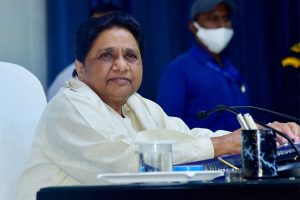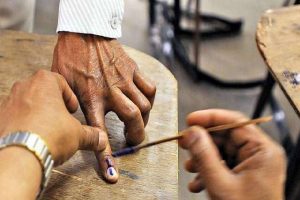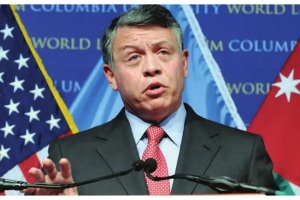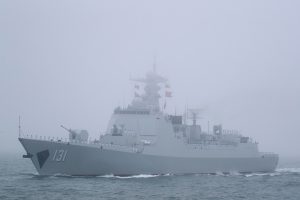With the three-day visit of US Defence Secretary Lloyd Austin that commenced from 19 March, Indo-US security ties have entered a new phase. As the strategic interests between the two countries converge in the wake of Chinese belligerence on regional affairs, one can see a new alignment of power relations in the Indo-Pacific region. Austin arrived in India on the third and last leg of an Asian tour that also took him to Japan and South Korea where he and US Secretary of State Blinkin had 2+2 talks on a host of issues. Prior to this, the four countries of the Quad grouping ~ India, the US, Australia and Japan ~ had the first ever summit level meeting, thereby injecting a new dynamism to the security outlook in the Indo- Pacific region. Austin had wideranging talks with Prime Minister Narendra Modi, Defence Minister Rajnath Singh and National Security Advisor Ajit Doval.
This was Austin’s first overseas trip as Defence Department chief, and the first appearance in India by a top Biden administration official, underscoring the importance the US accords to India, especially to its defence relationship. China’s rising influence stemming from its enormous economic and military muscle in the Indo-Pacific region is driving other nations in seeking common grounds to cope with this menace. The increasing bonhomie between India and the US in recent years needs to be seen from this perspective. Indeed, there is a strong bipartisan support in Washington for the Indo- US security partnership. Despite the fact that during the Trump era many international agreements were upturned, America’s relations with India were not affected and did not face any stress unlike with many European countries.
The import of Austin’s visit to India can be deciphered from the convergence of interests in many spheres ranging from strengthening security partnerships that include arms sales, technology transfers, defence agreements after Washington had identified India in 2016 as a “major defence partner”. This was already visible in the form of expanded bilateral military exercises, joint training of international peacekeeping troops, and new arrangements enabling the two navies to refuel each other’s warships. The latest Malabar exercise was another such example. As China continues to flex its military muscle unconcerned about other nations’ sensitivities, the Biden administration feels compelled to accelerate the process of strengthening security ties with like-minded democracies like India, Japan and South Korea. The Biden administration understands and respects India’s position, which is why it is keen to strengthen India’s defence industrial base so that it is better equipped to partner with the US military. Further during the talks, both defence ministers resolved to expand their robust defence ties through deeper military-to-military and logistic support. Defence Minister Rajnath Singh in a statement after the talks with his counterpart said a range of issues was discussed with a focus on “enhancing defence information sharing, cooperation in emerging domains of defence, mutual logistics support, and expanding military to military engagement across services.
Austin described the partnership as a “stronghold” of a free and open Indo-Pacific amidst China’s growing assertiveness in the region. It thus transpires that with the China threat looming large across the 3,488-kilometre Line of Actual Control, India-US defence ties are poised to take off. Strengthening alliance relationship seems to have been a defined focus in the Biden administration’s foreign policy strategy. The Quad summit and the subsequent reaching out to both Japan and South Korea in a short span of time are indicative of this. Shoring up alliances and partnerships in the Indo- Pacific is in response to China’s emergence as a military and economic challenge not only to the US but to several Asian neighbours, including India.
India’s plan to procure around 30 multi-mission armed Predator drones from the US for the three services at an estimated cost of over $3 billion also figured in the talks. Indeed, Indo- US cooperation on defence and intelligence has been of very high quality in the last 10 months, and involved sharing of high-end satellite images, telephone intercepts, and data exchange on Chinese troops and weapon deployment among the LAC. Other areas of cooperation included information sharing, logistics cooperation, artificial intelligence as well as in issues of cyberspace security.
However, amidst the strategic convergence, the US flagged its concerns over human rights and India procuring a batch of S- 400 air defence missiles from Russia. There was veiled criticism of India cracking down on protesting farmers and “intimidation of journalists and government critics”.
Though the US disapproves of India buying arms from Russia as it urges allies and partners to move away from Russian equipment and avoid any kind of acquisitions that would trigger sanctions, the possibility of sanctions was far fetched as the actual delivery is yet to take place.
India’s defence cooperation with Russia is not recent. Russia has remained a trusted friend of India for years. When India negotiated with Russia for the purchase of Russian made S-400 Triumf air defence system for $5.43 billion (Rs. 40,000 crore) in 2018, the then Trump administration put pressure on India not to do it but India went ahead given the old and tested friendship with Russia. The missile systems are expected to be delivered in October 2021.When Turkey bought the same defence missile equipment from Russia, the White House was quick to slap sanctions. The US has desisted from imposing similar sanctions on India. When Russia annexed Crimea, the US passed the Countering America’s Adversaries Through Sanctions Act (CAATSA), by which countries buying sophisticated Russian military equipment were to be slapped with sanctions. The act was passed by the US Congress and became operational in 2017. India has pushed for a waiver from the US law. India on its part has conveyed to the US that acquisition of S-400 missile systems is an “urgent national security requirement”. Given the strategic convergence in the wake of a menacing China, the US is most likely to agree for a waiver to India. This single case is unlikely to derail the burgeoning ties that have become more robust.

